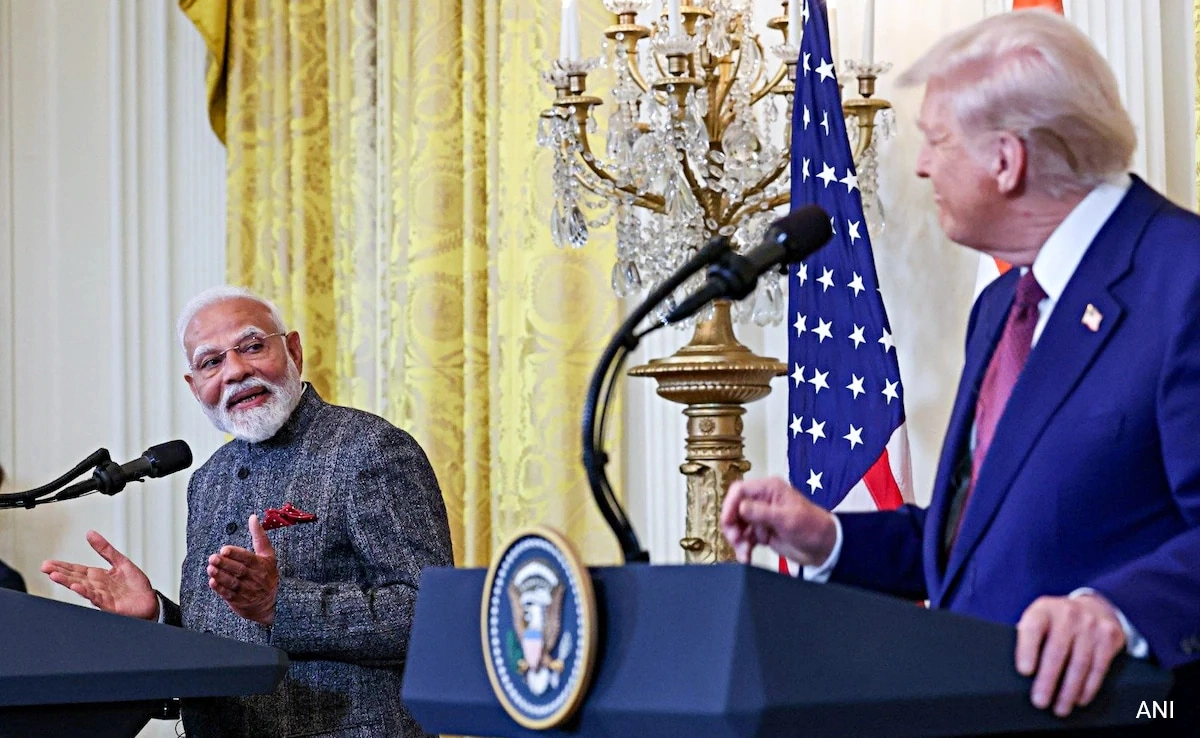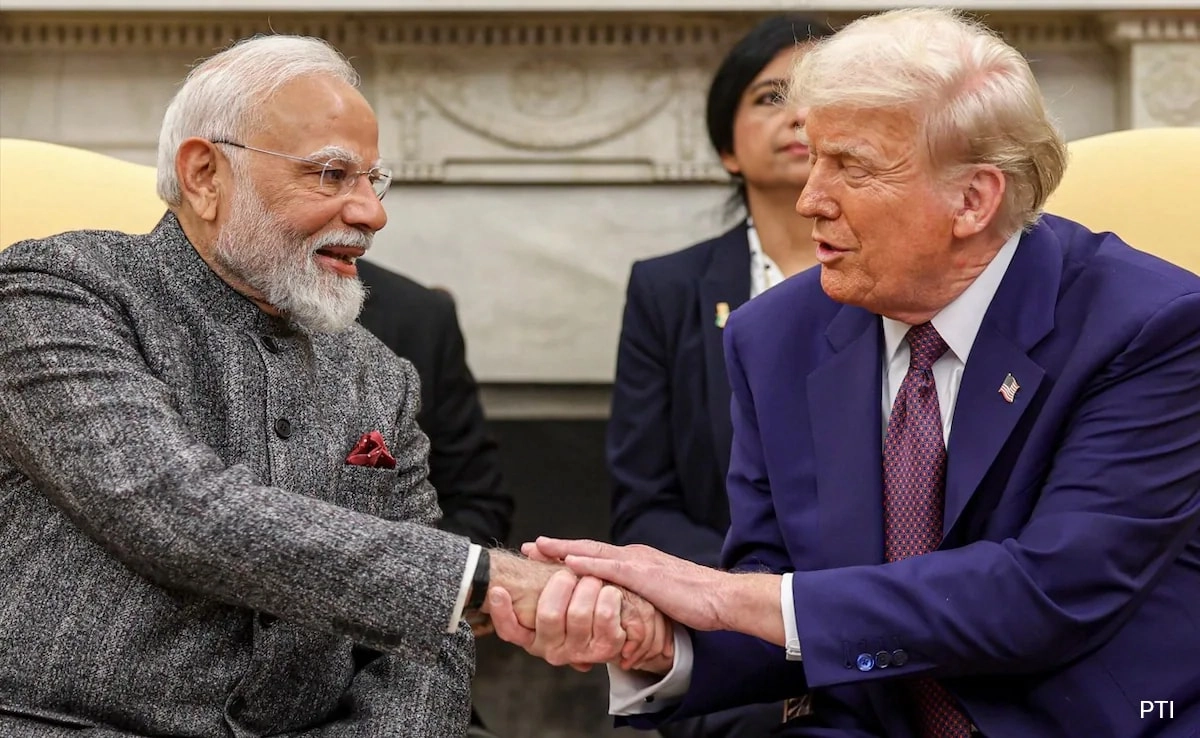The evolution of US-India trade relations has seen a significant transformation from the Obama administration to the Trump presidency, marked by phases of growth and increasing tensions. Under President Barack Obama, the bilateral trade relationship thrived, driven by a shared vision of economic cooperation and mutual benefits. The two nations sought to deepen their economic ties, with initiatives aimed at enhancing trade in goods and services, investment, and technology transfer. This period witnessed a notable increase in trade volumes, as both countries recognized the importance of collaboration in a rapidly globalizing economy.
However, the transition to the Trump administration in 2017 brought a shift in focus that led to rising tensions. President Donald Trump’s “America First” policy emphasized bilateral trade deficits and protectionism, which affected the dynamics of US-India relations. The Trump administration expressed concerns over trade imbalances, particularly citing India’s tariffs on American goods and the lack of market access for US companies. This change in tone and policy led to a series of trade disputes, with both nations imposing tariffs on each other’s products, further straining relations that had been nurtured during the previous administration.
The tensions were exacerbated by broader geopolitical considerations, including India’s growing ties with Russia and its balancing act between the US and China. As the Trump administration sought to counter China’s influence in the Indo-Pacific region, India was viewed as a crucial strategic partner. However, the trade conflicts overshadowed this strategic alliance, creating a complex situation where economic cooperation was hindered by protectionist measures. Despite these challenges, both nations recognized the importance of their partnership, leading to continued dialogue aimed at resolving trade issues while attempting to maintain a robust strategic alignment.
As the Biden administration took office, there was hope for a renewed focus on strengthening US-India trade ties. The Biden team has emphasized multilateralism and collaboration, which could provide a platform for addressing the lingering tensions from the previous administration. The emphasis on rebuilding relationships and focusing on shared challenges, such as climate change and global health, may pave the way for a more balanced approach to trade. The future of US-India trade relations remains uncertain, but the potential for growth exists if both nations can navigate their differences and build on the foundations laid in the past.




